Energy Sound Worksheet 5th Grade
Do your 5th-grade students need a resource to help them practice and reinforce their understanding of energy and sound? Look no further! Our Energy Sound Worksheet is designed specifically for 5th-grade students and provides a comprehensive review of these concepts. With a variety of engaging activities, this worksheet will help students grasp the key ideas surrounding energy and sound in an interactive and enjoyable way.
Table of Images 👆
More Energy Worksheets
Light and Heat Energy WorksheetsTypes of Energy Transfer Worksheet
Energy Light Heat Sound Worksheets
3 Forms of Energy Worksheets
Energy Worksheets for Third Grade
What is energy?
Energy is the ability to do work or cause a change in a system. It exists in various forms such as thermal, kinetic, potential, and electrical energy and is essential for all processes and systems in the universe to function. It cannot be created or destroyed, only transferred or converted from one form to another.
What are the different forms of energy?
The different forms of energy include mechanical energy, thermal energy, chemical energy, electrical energy, nuclear energy, magnetic energy, and radiant energy like light and sound. Each form of energy plays a unique role in how energy is transferred and utilized in various processes and systems.
Describe how sound energy is produced.
Sound energy is produced by vibrations of an object. When an object vibrates, it creates compressions and rarefactions in the air molecules surrounding it, which then travel as sound waves through the air. These waves carry the energy of the vibrating object, and when they reach our ears, they are perceived as sound.
What is the difference between pitch and volume in sound?
Pitch is the frequency of a sound wave, determining how high or low a sound is perceived. Volume, on the other hand, refers to the intensity or loudness of a sound, which is determined by the amplitude of the sound wave. In simpler terms, pitch relates to the quality of the sound (higher or lower notes), while volume relates to the strength or loudness of the sound.
How does sound travel through different mediums?
Sound travels through different mediums by compressing and rarefying the molecules of the medium it is passing through, transferring energy from one molecule to the next. In solids, sound travels fastest because the molecules are closely packed and can transfer energy more efficiently. In liquids, the molecules are more spread out, so sound travels at a slower speed. In gases, such as air, sound moves the slowest as the molecules are far apart and have less interaction to transfer energy.
Describe the process of how our ears detect sound energy.
Sound waves enter the outer ear and travel through the ear canal, causing the eardrum to vibrate. These vibrations are then transmitted to the three tiny bones in the middle ear, which amplify the sound and send it to the cochlea in the inner ear. The cochlea is filled with fluid and lined with thousands of hair cells that convert the vibrations into electrical signals. These signals are then transmitted to the brain via the auditory nerve, where they are interpreted as sound.
Give examples of objects that vibrate to produce sound energy.
Examples of objects that vibrate to produce sound energy include guitar strings, drumheads, vocal cords, and the diaphragm in a speaker. When these objects are set into motion and vibrate, they create sound waves that propagate through the air, enabling us to hear the resulting sound.
Explain how sound energy can be transferred and transformed.
Sound energy can be transferred through a medium such as air, water, or solid objects by creating vibrations that travel in waves. When sound waves reach an object, they can cause it to vibrate at its resonant frequency, transferring the sound energy into the object. Sound energy can be transformed into other forms of energy, such as mechanical energy when it causes an object to move, or electrical energy when it is converted by a microphone or speaker. Ultimately, sound energy can be absorbed, reflected, or transmitted depending on the properties of the materials it encounters.
How does sound energy impact our daily lives?
Sound energy impacts our daily lives in various ways, from allowing us to communicate with others through speech and hearing music, to warning signals for potential dangers like car horns or fire alarms, and even providing relaxation through nature sounds or calming music. Additionally, sound energy is crucial in industries such as entertainment, education, healthcare, and transportation, highlighting its essential role in enhancing our quality of life and overall well-being.
Describe one interesting fact or phenomenon related to sound energy.
One interesting fact related to sound energy is that it can travel through different mediums at varying speeds. For example, sound moves faster through solids than liquids, and even faster through gases. This is due to the particles in a solid being tightly packed, allowing for quicker transmission of vibrations compared to the more spread-out particles in a gas. This phenomenon not only affects the speed at which sound travels but also how it interacts with different materials and environments.
Have something to share?
Who is Worksheeto?
At Worksheeto, we are committed to delivering an extensive and varied portfolio of superior quality worksheets, designed to address the educational demands of students, educators, and parents.

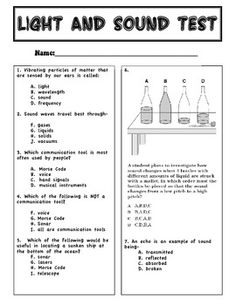



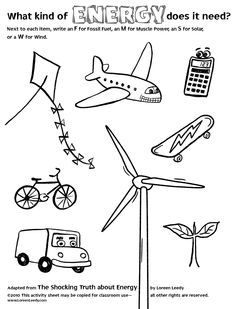


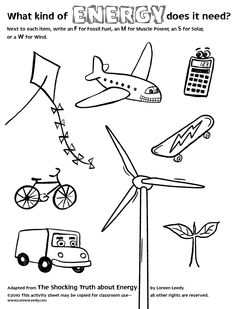
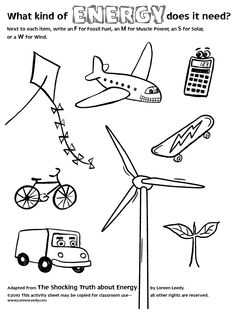
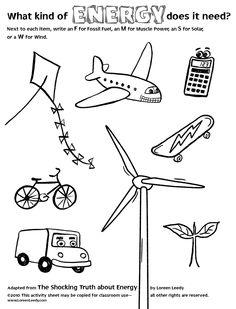





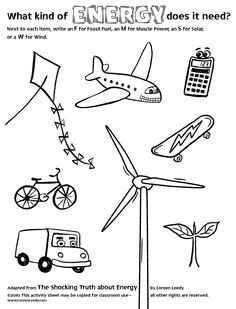
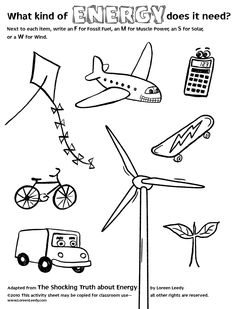

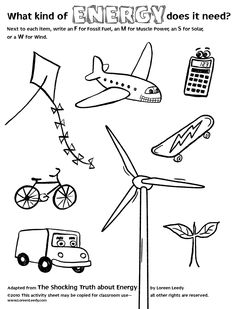
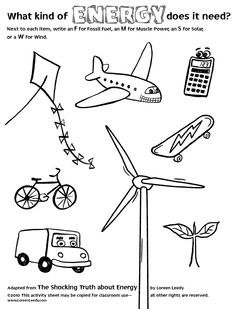
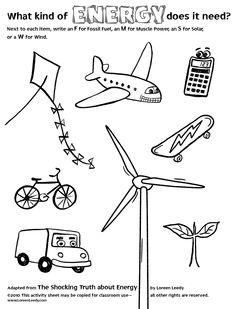













Comments